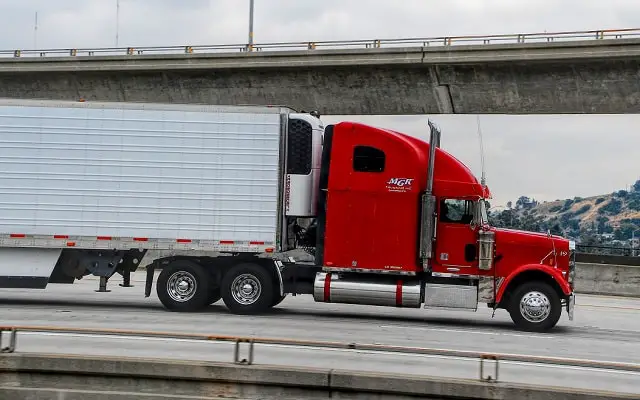Commercial Drivers Licenses are required to operate specific types of vehicles. There are three main classes of CDL licenses: A, B, and C. There are many similarities between Class A and Class B CDL licenses, but there are also some key differences.
It is important to note first and foremost that a driver with a Class A CDL can also operate a vehicle with a Class B CDL, but a driver with a Class B CDL cannot operate a vehicle with a Class A CDL. This is because Class A licenses are considered to be more comprehensive, and allow drivers to operate a wider variety of vehicles.
Weight Rating
The biggest difference between Class A and B CDLs is the size of the vehicles that can be operated with each license. Class A licenses allow drivers to operate vehicles with a Gross Vehicle Weight Rating (GVWR) of 26,001 pounds or more, as well as any trailer weighing 10,000 pounds or more that is attached to the vehicle. Class B licenses, on the other hand, allow drivers to operate vehicles with a GVWR of 26,001 pounds or more, as well as any trailer weighing 10,000 pounds or less that is attached to the vehicle.
In other words, the weight of the trailer that can be attached to the vehicle is key. If a driver wishes to operate a vehicle with a trailer weighing more than 10,000 pounds, they must have a Class A license.
Endorsements
Another key difference between Class A and B CDLs is the endorsements that may be required in order to operate certain types of vehicles. Class A licenses typically require endorsements for hazardous materials, while Class B licenses may require endorsements for tank vehicles or passenger vehicles.
Skills Test
Another difference between Class A and B CDLs is the type of skills test that must be passed in order to obtain the license. Drivers who wish to obtain a Class A CDL must pass a skills test that consists of a road test and a pre-trip inspection test.
The requirements for obtaining a Class A or B CDL vary from state to state, but generally speaking, drivers who wish to obtain a Class B CDL, on the other hand, only need to pass the road test portion of the skills test.
Road Test
The road test for a Class A license is more difficult than the road test for a Class B license, as it requires drivers to demonstrate their ability to operate a larger vehicle. The pre-trip inspection test is also more extensive for Class A vehicles, as it requires drivers to identify and inspect all of the major components of the vehicle.
Endorsements
There are also differences between the endorsements that are available for Class A and B CDLs. Endorsements are special qualifications that allow drivers to operate certain types of vehicles or haul certain types of cargo. For example, the Hazmat endorsement allows drivers to transport hazardous materials, while the Tanker endorsement allows drivers to transport liquids in tanks.
Class A CDL holders can obtain endorsements for all of the following:
- Hazmat
- Tanker
- Double/Triple
- Passenger
- School Bus
Class B CDL holders can only obtain endorsements for:
- Hazmat
- Passenger
Cost
The cost of obtaining a Class A or B CDL also differs. The cost of a Class A CDL is typically higher than the cost of a Class B CDL, as the skills test is more difficult and the endorsements required are more extensive.
The cost of a Class A CDL can range from $200 to $1,000, while the cost of a Class B CDL is typically around $100.
Job Opportunities
There are also differences in the job opportunities available to holders of Class A and B CDLs. Drivers with a Class A CDL can typically find work with any company that transports goods or materials, while drivers with a Class B CDL are more likely to find work with companies that transport passengers, such as school buses or tour buses.
There are several key differences between Class A and B CDLs, including the weight of the trailer that can be attached to the vehicle, the endorsements required, the skills test, the age requirements, and the cost. These differences should be taken into consideration when choosing which type of license to obtain.

